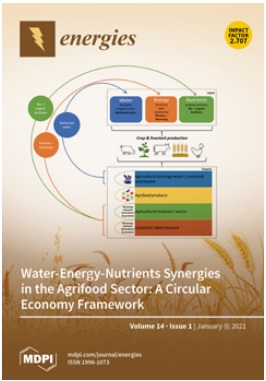The study objective was to model and predict the bioethanol production process from lignocellulosic biomass based on an example of empirical study results. Two types of algorithms were used in machine learning: artificial neural network (ANN) and random forest algorithm (RF). Data for the model included results of studying bioethanol production with the use of ionic liquids (ILs) and different enzymatic preparations from the following biomass types: buckwheat straw and biomass from four wastelands, including a mixture of various plants: stems of giant miscanthus, common nettle, goldenrod, common broom, fireweed, and hay (a mix of grasses). The input variables consisted of different ionic liquids (imidazolium and ammonium), enzymatic preparations, enzyme doses, time and temperature of pretreatment, and type of yeast for alcoholic fermentation. The output value was the bioethanol concentration. The multilayer perceptron (MLP) was used in the artificial neural networks. Two model types were created; the training dataset comprised 120 vectors (14 elements for Model 1 and 11 elements for Model 2). Assessment of the optimum random forest was carried out using the same division of experimental points (two random datasets, containing 2/3 for training and 1/3 for testing) and the same criteria used for the artificial neural network models. Data for mugwort and hemp were used for validation. In both models, the coefficient of determination for neural networks was <0.9, while for RF it oscillated around 0.95. Considering the fairly large spread of the determination coefficient, two hybrid models were generated. The use of the hybrid approach in creating models describing the present bioethanol production process resulted in an increase in the fit of the model to R2 = 0.961. The hybrid model can be used for the initial classification of plants without the necessity to perform lengthy and expensive research related to IL-based pretreatment and further hydrolysis; only their lignocellulosic composition results are needed.

